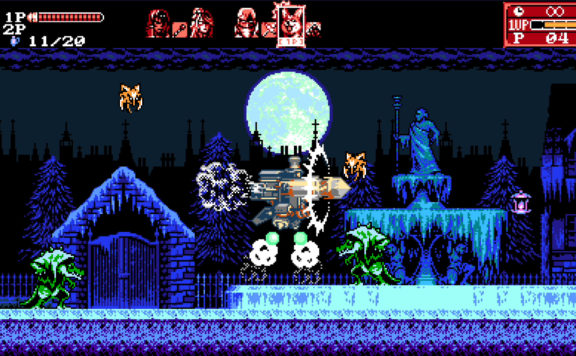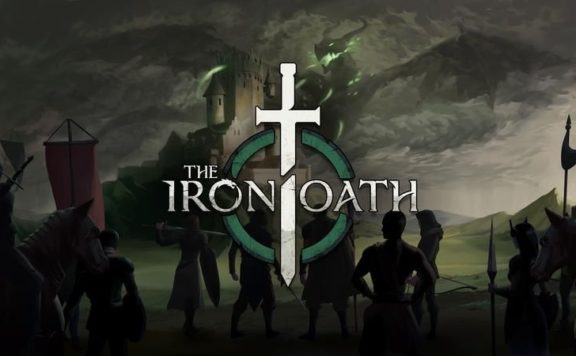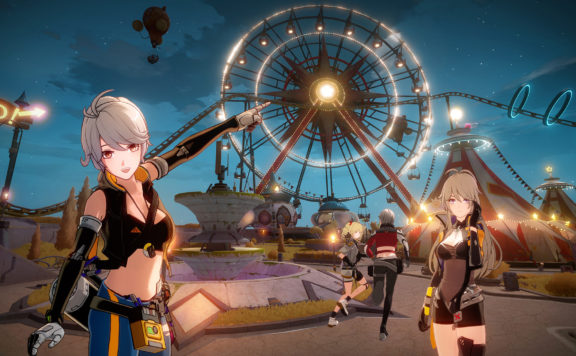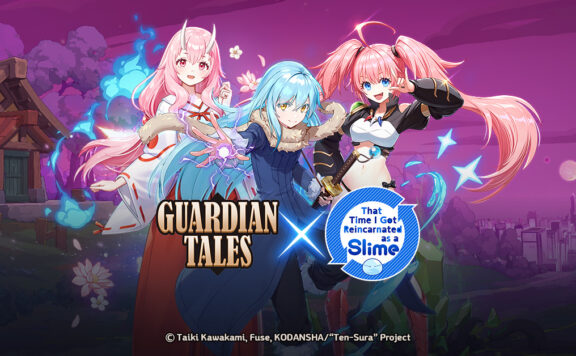Scarlet Nexus is an adventure jRPG developed and published by Bandai Namco for PS4, PS5, Xbox One, Xbox Series X|S, and Windows PC via Steam. The events of the game take place in a unique futuristic setting described by the developers as “brain-punk”.
A certain psionic hormone has been discovered in the human brain. Subsequently, Earth has been attacked by monsters called the Others. Could it be that this new hormone is what attracted the alien menace?
Fortunately, the presence of the hormone allows certain individuals to unlock supernatural abilities, very diverse in their nature. Pyrokinesis, telekinesis, predicting the future, telepathy, electrokinesis, etc., the game features all that and more.
The Other Suppression Force (OSF) is tirelessly searching for talented psionics and recruiting them into the ranks of the special unit designed to repel the invasion of monsters. Some agents are trained from childhood while others are hired as mercenaries.
Note: the game is extremely deep when it comes to the narrative. In order to avoid spoiling the plot, I’ve chosen to do a very brief and vague overview of the story (no more than you can already find on the store page of the game) and my feelings about the way the game presents it.
Scarlet Nexus features two equally important and fully written protagonists. One is Yuito Sumeragi, the son of a very important politician and the younger brother of a renowned OSF fighter. The other is Kasane Randall, a talented and reserved OSF scout who seemingly only worries about the safety of her younger sister.
Your time in the game starts with the choice of the main character for your playthrough: while their abilities are identical, their backgrounds and personalities are very different. Kasane gives off a vibe of being more responsible and mature, while Yuito is more energetic and bright.
All the characters featured in the game, protagonists and side characters alike, seem to be well-written and polished, each with their own story, quirks, and personalities.
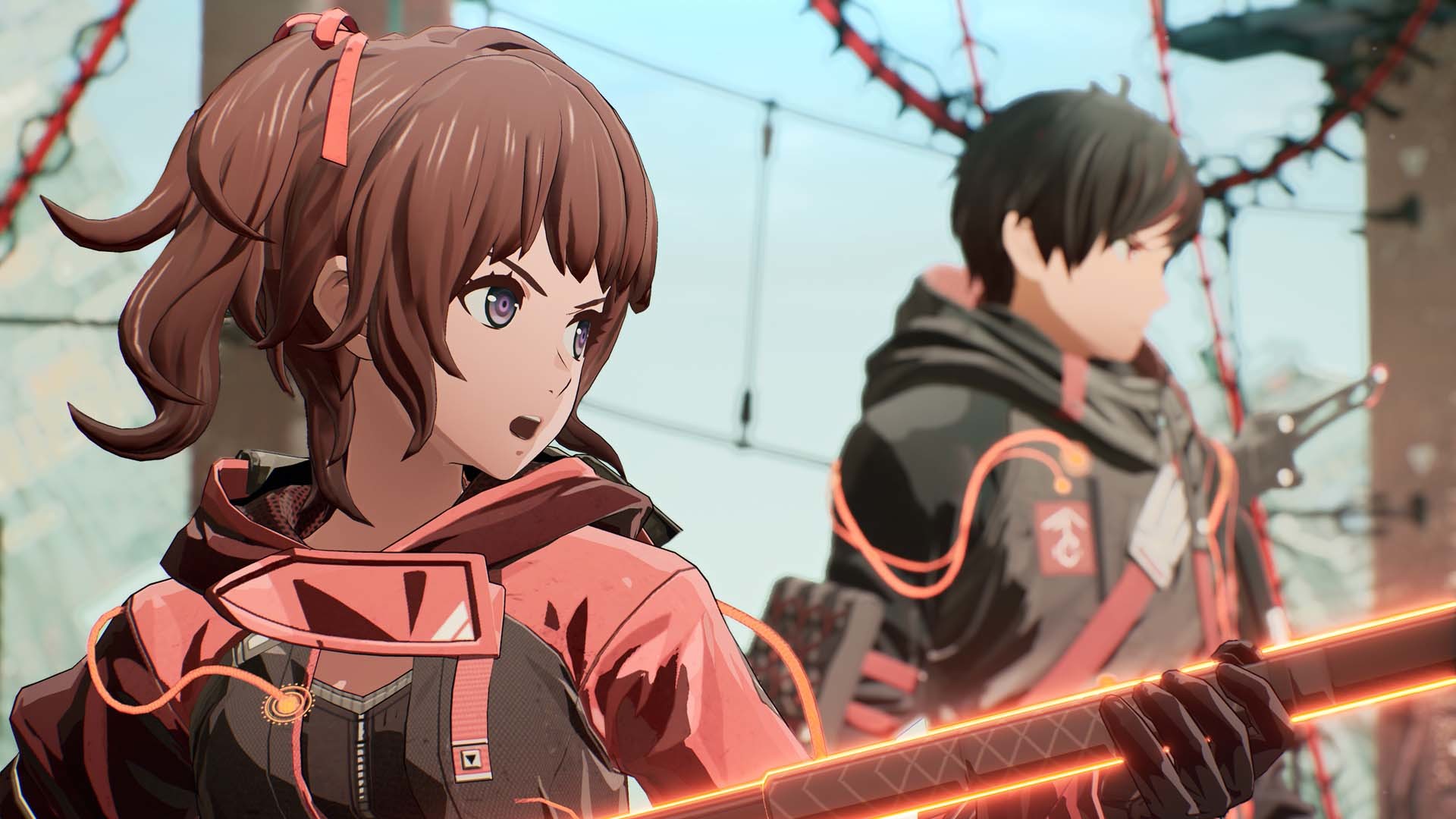
The combat system starts off very simple, with a low entry threshold aimed to welcome players new to the genre. However, even in the beginning, it is very spectacular. Both protagonists have access to simple weaponry (katana for Yuito, knives for Kasane) as well as telekinesis that requires mana in order to use it. Mana can be restored over time or by using enhanced attacks.
During the battle, you can “borrow” the abilities of your party members, adding them to your attacks, becoming invisible to backstab an enemy, using electricity to stun or pyrokinesis to deal heavy fire damage and more. Tactically combining a variety of defensive, offensive, enhancing abilities is a key to success.
The depth of the system is fully revealed when the time comes to take on bosses. Scarlet Nexus features intense boss battles that require you to quickly figure out the weakness of your particular enemy and repeatedly exploit it while avoiding their devastating attacks.
Incorrect or ineffective combination of skills or an attempt to zerg rush an opponent will have you quickly waste the limited supply of your first aid kits. If the enemy is fast, you have to be faster. If the enemy is hiding, you might want to use stealth for a chance of a sneak attack. The boss is hiding underwater? Lightning will help you out in this situation.
The boss battles flow like anime action sequences. The combination of sounds and visuals makes them feel colorful and epic.

Enemies have health bars and a status scale, once the latter reaches zero you can stun your enemy and sometimes even finish them off by attacking their “core”. Various NPCs feature different finishers with the companions’ powers mixing with those of the protagonist in a little epic cutscene.
Telekinesis allows players to throw various objects at enemies during battles. If you are expecting something epic like throwing a building at a hulking boss, I’ll have to disappoint you. However, tossing a car, a pole or even a garbage can is a fair game.
In some locations you can even launch an entire train or an excavator at your enemies, instantly knocking them down. Large objects have their own mechanics such as empowering the attack, controlling a chandelier while you rotate it, and more.
Much like the combat system itself, the level-up/progression system is not too complicated. You have something called a brain map (shown on the screenshot below) that features a tree of abilities. Getting levels gives you points to spend on the “branches”.
Some examples include an ability to dodge while in the air, counter-attack after a perfect dodge, your usual enhancement of ability damage, the duration of effects, and much more.
The branches of the brain map correspond to various gaming styles. If you want to use the first aid kit immediately, it’s one of the available paths. Stronger attacks are a path of their own. There is even a separate branch for the extension of the berserk mode time.

As I mentioned in a note in the beginning of this review, the game is extremely narratively driven. However, the way it goes about expressing it is not always very fortunate. Sometimes, the plot is presented to players in a very confusing way, in bits and pieces that can be understood only hours later, when you get even more information.
There are two different experiences, one for each protagonist, that interweave with each other at certain story points. Yuito and Kasane go through their respective stories, and only finishing both plots will give you the full picture of the game’s plot as well as the worldbuilding and overall story. The relationship and the conflicts between the two are the main points of the plot.
One of the game’s less fortunate ways to go about character development is to have your team chat in the middle of combat. Between the visual and the audio special effects it is extremely hard to go about continuing to fight and managing to keep up with reading.
Additionally, the game features a variety of text-based conversations among the protagonist and companions, social-bond building cutscenes, and more. You can even give your companions gifts to increase the friendship level! The system reminded me of Persona V in the best possible way.
Friendship levels unlock the new passive and active abilities of your party members.
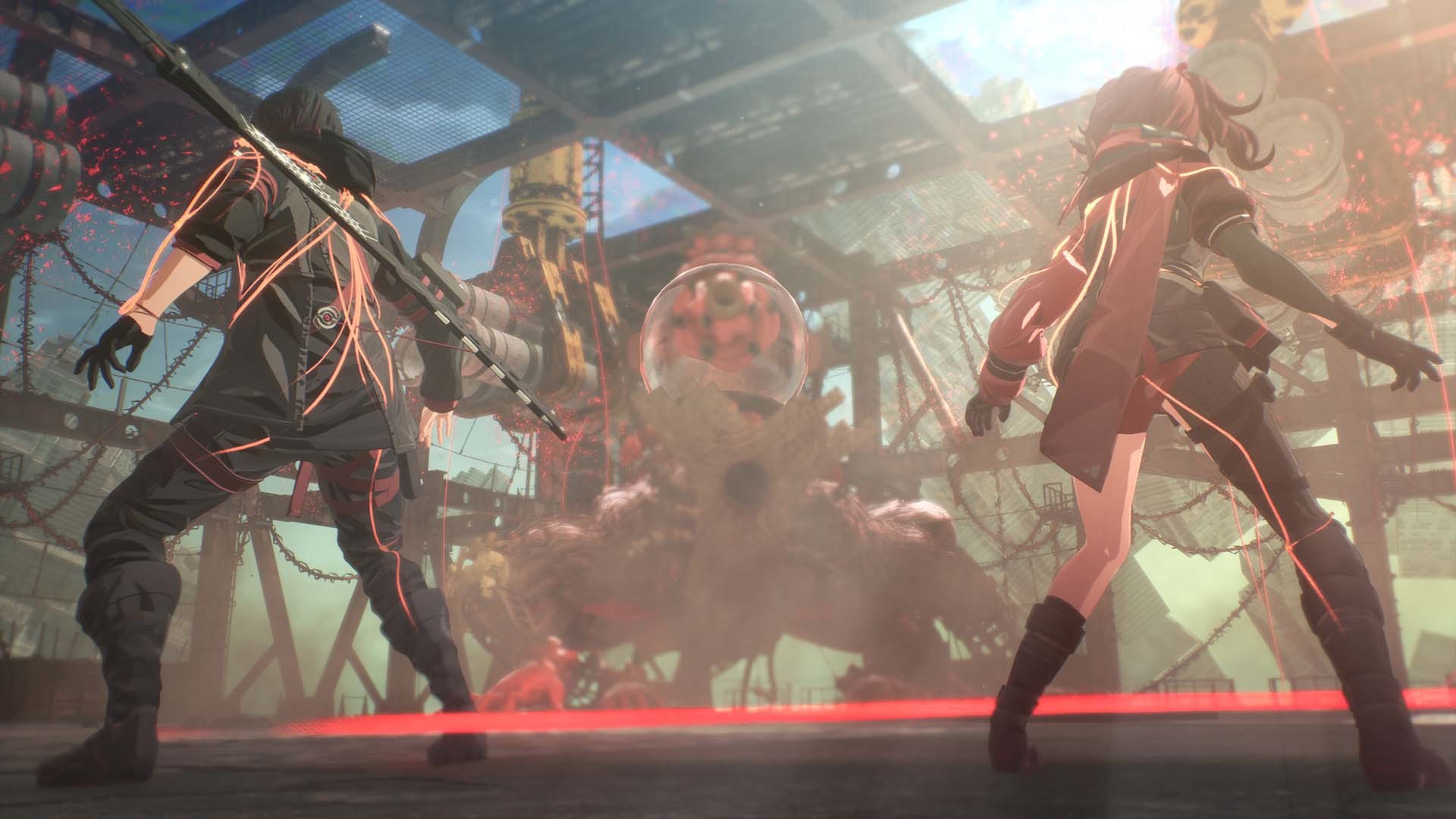
The world of the game is set in a post-apocalyptic cyberpunk-ish future. Certain locations are just what you’d expect from a setting like that while others are extremely unique and interesting. A few zones looked like they were inspired by an artist’s dream, breathtakingly incredible and amazing.
A similar approach has been used for the monster design, featuring a mixture of natural and technogenic parts that result in an extremely unique bright look reminiscent of Shin Megami Tensei.
Some of the examples include a monster that looks like a flower vase with feminine legs that jumps at you and attacks with its petals or an armored unicorn. Those creatures look fantastic during battles and feature unique finisher animations that are usually of an explosive epic variety.

As a result, we have an interesting jRPG with a beautiful albeit simple battle system. The game is welcoming both to the new players and to the veterans of the genre when it comes to combat and to storytelling.
With every hour spent inside Scarlet Nexus, the game introduces a new facet, be it related to characters, story, or gameplay.
The way the game goes about presenting its story is less fortunate in some cases. In addition to the cutscenes of characters interacting during a time-stop scenario, the game features heroes chatting during combat.
While your monitor or TV is filled with explosions, fireworks, the crackling of electricity, flying furniture, and bosses farting rainbows, the characters serenely chat about their childhood via telepathy. In-game, it is presented as small messages on the side of the screen which is easy to miss even in calmer situations.
Leaving aside the way the story is revealed, the plot is filled with delicious unexpected twists, drama, confrontations, and emotions. The locations are colorful and amazing in some places, and simplistic and boring in others.
It is obvious that developers put a lot of love and work into the game, but not everyone will like it. Those who prefer meaty, explosive combat like the one in the DMC series might find themselves bored. However, those players who are looking for a brain-wracking, twisting and turning plot that will change your outlook on the world and characters many times over, will have a grand time in Scarlet Nexus.
- Note: the PS4 code has been provided by the publisher for the purposes of this review.
- Similar to: Persona, Shin Megami Tensei, Code Vein
If you want to dive as deep as possible into the world of Scarlet Nexus before its release on June 25th, consider checking out the anime produced by Sunrise (creators of Code Geass).

